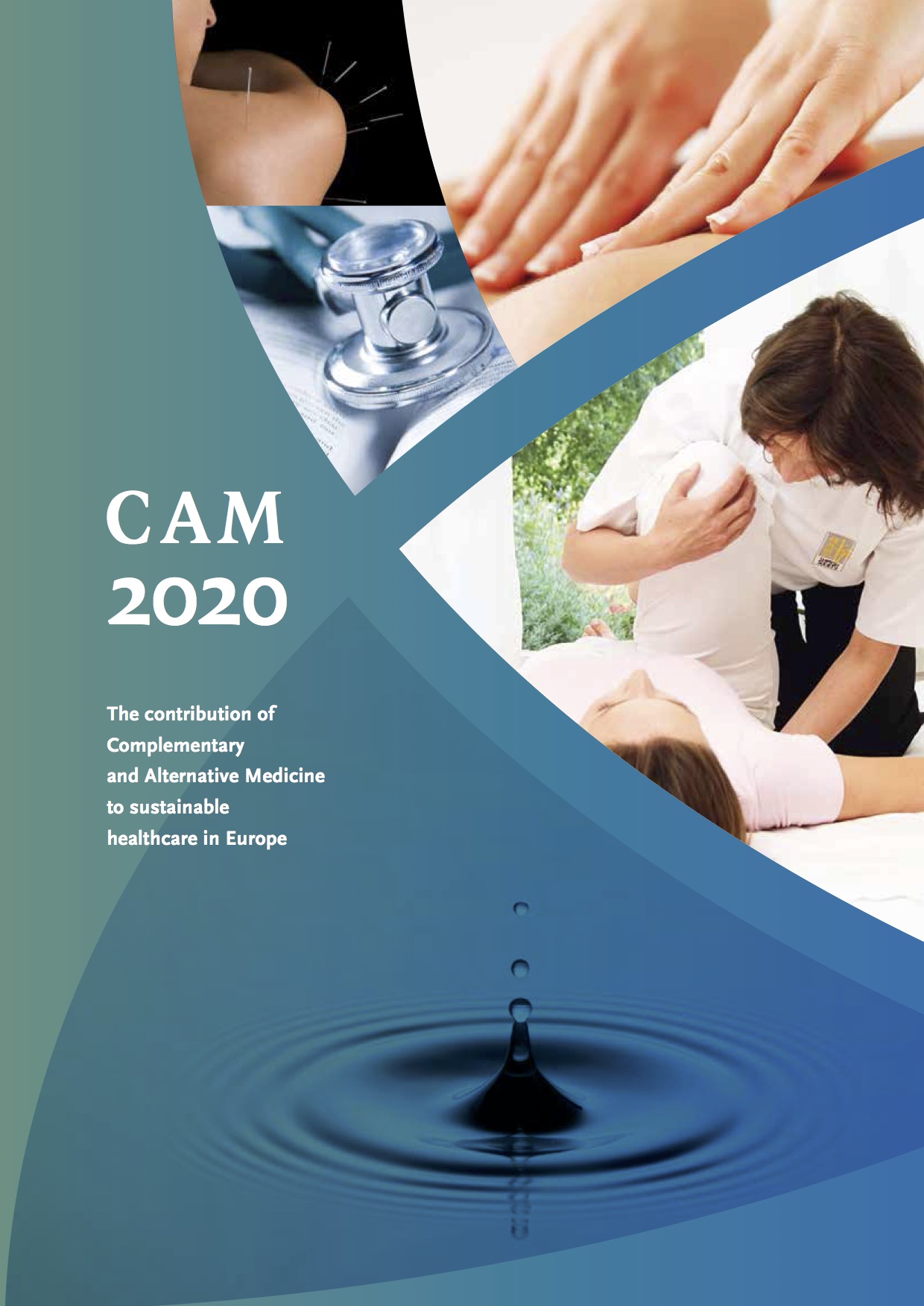Holistic Approach, Salutogenesis, and the Contribution of CAM
The holistic model describes interactions between mental, psychosocial and biological factors in the cause and progression of illness and disease. How an individual interprets and responds to the outer and inner environment determines responses to stress, influences health behaviour, contributes to the neuro endocrine and immune response, and may ultimately affect health outcomes. The actual manifestation of disease is always multi-causal and depends on the conjunction of precipitating mental, psychosocial and pathogenic factors, along with the individual’s constitutional susceptibilities in general and in particular organ systems. Environmental hazards, infectious agents and psychological stressors are destabilizing factors, whereupon internal system agents act or are ready to act to maintain constancy or homeostasis. Disease is a failure of adaptive response, resulting in disruption of the overall equilibrium of the system. Within the holistic model health is not merely the absence of disease, but the ability of an organism to respond adaptively to a wide range of environmental hazards, infectious agents and psychological stressors.
Within the concept of salutogenesis (10) health is seen as a movement in a continuum on an axis between total ill health (dis-ease) and total health (ease), in which it is more important to focus on peoples’ resources and capacity to create health than the classic focus on risks, ill health, and disease. This approach is increasingly gaining a more central position in public health and health promotion research and practice. The ability to comprehend the whole situation and the capacity to use the resources available is called ‘sense of coherence’. This capacity is a combination of peoples’ ability to assess and understand the situation they were in, to find a meaning to move in a health promoting direction, also having the capacity to do so-that is, comprehensibility, meaningfulness, and manageability. The beauty of the conceptual world of the salutogenesis is its dynamic and flexible approach and the persistent focus on ability and capacity to manage. There is evidence (Surtees et al.) (11) demonstrating that a strong sense of coherence is associated with a 30% reduction in mortality from all causes, cardiovascular disease and cancer, independent of age, sex, and prevalent chronic disease. In the final report of the European Masters for Health Promotion (EUMAHP) this sense of coherence is also used as a learning principle.
Most CAM therapies are based on a holistic approach of the individual patient and are primarily aimed at promoting health rather than defeating disease, in other words giving importance to salutogenesis in addition to pathogenesis. The holistic CAM practitioner typically sees each patient as unique and tailors their advice to fit the patient’s life, rather than expecting him/her to adapt to a standard set of recommendations. CAM therapies involve the patient as an active partner in his/her care, with an
emphasis on patient education concerning how they can best improve their health.


